-
How a Community Rescued Its Church
-
Picture This: Salamanders That Fluoresce!
-
Renewing the Past and Enriching Science
-
Why Sea Turtles Returned to Buck Island
-
Found in a Salt Marsh—the Most Northern Mangrove
-
How Dry Will Parks Get? Water Deficit Tells Us
-
How to Preserve Buildings That Bats Call Home
-
Bighorn and Big Rail: Bad News or Opportunity?
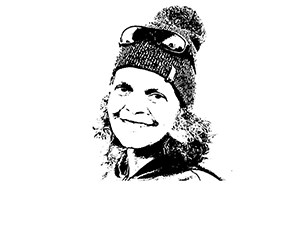
From the Editor
Correcting Course
Our winter 2021 issue has stories about rescuing a beloved church, making and renewing ties, and being surprised.
In Brief

News | Climate Change
Finding Places Buffered from Climate Change in a Bid to Protect Them
Existing tools to identify and protect areas where the climate is changing more slowly may help preserve resources into an uncertain future.
By Cathleen Balantic
Image credit: NPS
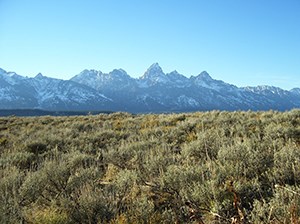
News | Sagebrush
Saving Our Sagebrush Sea
A recent study underscores the importance of protecting sagebrush lands in national parks to prevent a national treasure from disappearing.
By Tom Rodhouse
Image credit: NPS
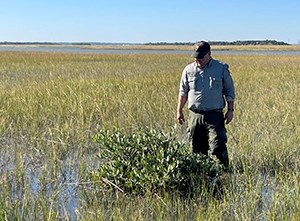
News | Coastlines
Marching Mangroves: Finding the Most Northern One Is Just the Beginning
The appearance of tropical trees in a historical park foreshadows climate change’s profound impacts on our natural and cultural heritage.
By William C. Vervaeke, Fiona E. Southwell, and E. Claire Schmidt
Image credit: NPS / Fiona E. Southwell
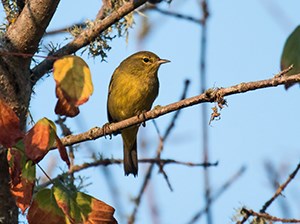
News | Birds
New Research Tests a Common Assumption about Protecting Birds
A recent study sheds light on the value of protected areas like national parks for conserving wild birds, with some surprising results.
By Jessica Weinberg McClosky
Image credit: © Mark Dettling
Picture This
The stories behind extraordinary images and videos from the practice of park science
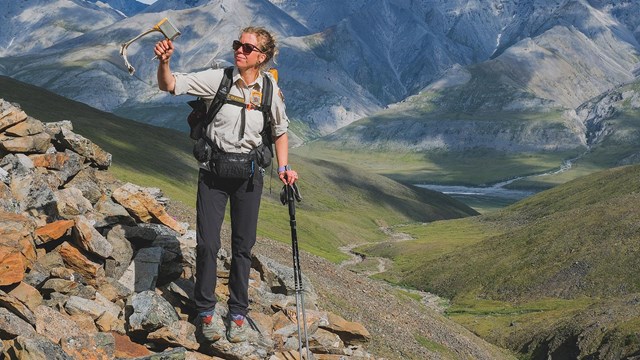
Two rangers retrieve a GPS collar from a caribou in the backcountry, helping biologists learn about the animal’s movements.
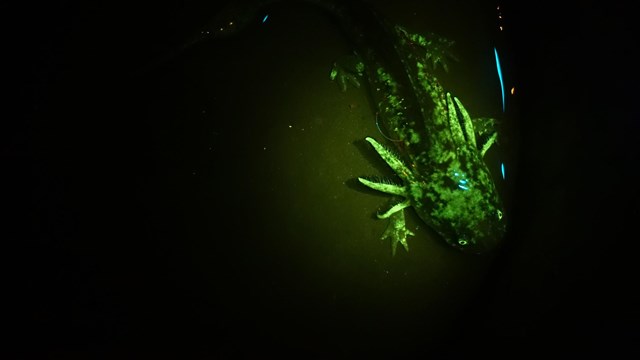
We documented biofluorescence in tiger salamanders in Rocky Mountain National Park. It was a first for the park.
Perspectives

Research | Historic Preservation
Preserving Historic Buildings That Bats Call Home
Acadia National Park is going to restore its historic Rockefeller gatehouses. Here’s how we’ll protect the imperiled bats that live there.
By Bik Wheeler, Morgan Ingalls, Lara Wilbur, and Molly Donlan
Image credit: NPS / C. Heilakka

Research | Water Balance
How Dry Will Parks Get? Water Deficit Tells Us
Dryness has an outsized impact on nature in parks, but temperature and precipitation are poor indicators.
By David P. Thoma, John E. Gross, Michael T. Tercek, and Janelle N. Christensen
Image credit: NPS / David Thoma
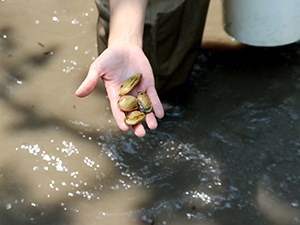
Research | Reintroductions
Partnership Is Helping Us Restore Mussel Diversity in Cub Creek
Freshwater mussels help keep our rivers and streams clean and healthy, but they’re vanishing. Our park is working to reverse their decline.
By Jesse Bolli
Image credit: NPS / Fiona E. Southwell
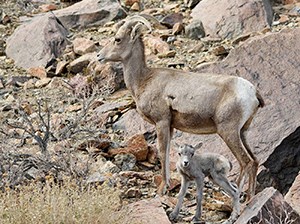
Opinion | Bighorn Sheep
Bighorn and Big Rail Can Be Friends
The Brightline West high-speed railway could be bad news for desert bighorn sheep in Mojave National Preserve. We know how to fix that.
By Christina Aiello, Kass Bissmeyer, Lara Rozzell, Paige Prentice, Jeff Villepique, Debra Hughson, Mike J. Gauthier, Clinton W. Epps, and Nathan L. Galloway
Image credit: NPS
Features

Historic Preservation
How We Rescued the Ascension of Our Lord Church in Karluk, Alaska, from Falling off a Cliff
A successful move under challenging circumstances brings hope for preserving an important part of history for a remote Alaskan community.
By Shina duVall
Image © Dustin Reft

Sea Turtles
Why Sea Turtles Returned to Buck Island
Beneath the turquoise waves of a Caribbean “gem,” we are witnessing the comeback of some of the world’s oldest animals.
By Alexandra G. Gulick and Kristen A. Ewen
Image © Matthew Warham

Archeology
Gathering Sweetgrass and Renewing the Past: How Science at Acadia Is Making a Course Correction
Wabanaki ecologists and archeologists conducting research in Acadia National Park are reframing narratives and reclaiming culture. Park science is all the better for it.
By Catherine Schmitt
Image credit: NPS / Jonny Schmidt
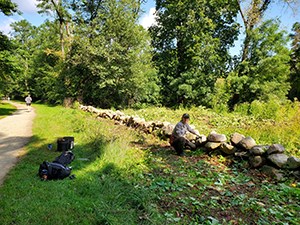
Invasives
Triaging Invasive Plants: Strategic Planning Drives Success
A winning strategy to combat invasive plants becomes a potent tool for restoring special places in several eastern parks.
By Stephanie Perles
Image credit: NPS / Ada Fox
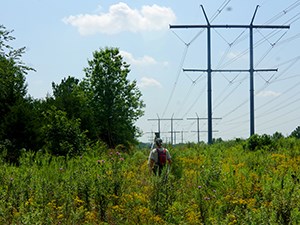
Grasslands
Managing a Right-of-Way Helped This Park Restore Its Grasslands
An unexpected and often forgotten place becomes a vital part of one park’s bid to restore a critically imperiled landscape.
By Kelly Ewing
Image credit: NPS / Allison Hay
About This Issue
Last updated: September 6, 2024








